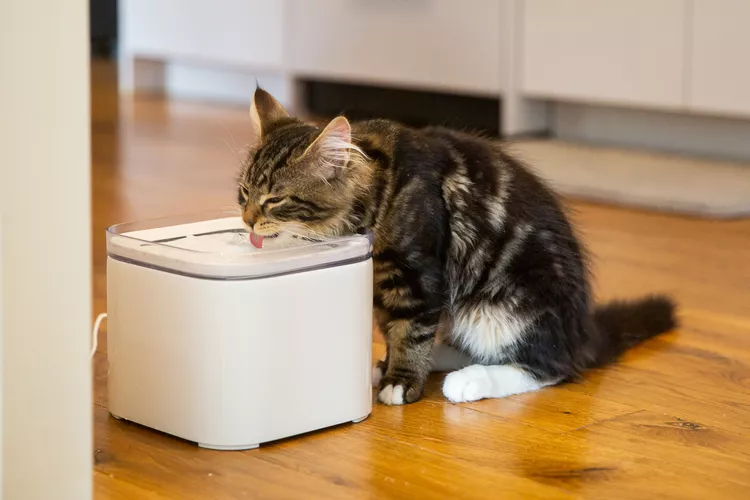
Cats need fresh drinking water every day for optimum health. Water is essential for helping the kidneys flush out toxins from the blood. Whether from illness or lack of fluids, dehydration in cats is dangerous, and if not treated, can lead to death.
Cats in kidney failure, either acute or chronic renal failure, often require extra fluids given either intravenously or by subcutaneous drip. The latter therapy is often carried out at home and is relatively easy to learn and perform. With most cats, the improvement after these treatments is significant and visible.
Excessive drinking of water can be a red flag for feline hyperthyroidism or feline diabetes. While cats may instinctively drink more during hot weather, it is important, as with all cats' habits, to know how much a cat drinks normally. If they suddenly start consuming large quantities of water and also shows other symptoms, an immediate veterinary consultation is indicated.
Cats' body tissues consist of about 67 percent water. Coincidentally, that is approximately the percentage of water in the prey they catch and eat in the wild. In contrast, dry cat food contains between 6 and 10 percent water and canned cat food has at least a 75 percent moisture content, making it a good source of water. Therefore, a cat on an all-dry food diet would require more supplemental drinking water than a cat on an exclusive raw or canned food diet. Likewise, a cat on a combination of dry and canned cat food also needs more drinking water.
Dr. Jennifer Coates, in an article for PetMd.com, created a formula suggesting that a 10-pound adult cat on a dry food diet needs about a cup of water a day. The same cat on a canned diet needs about a third a cup of water daily.
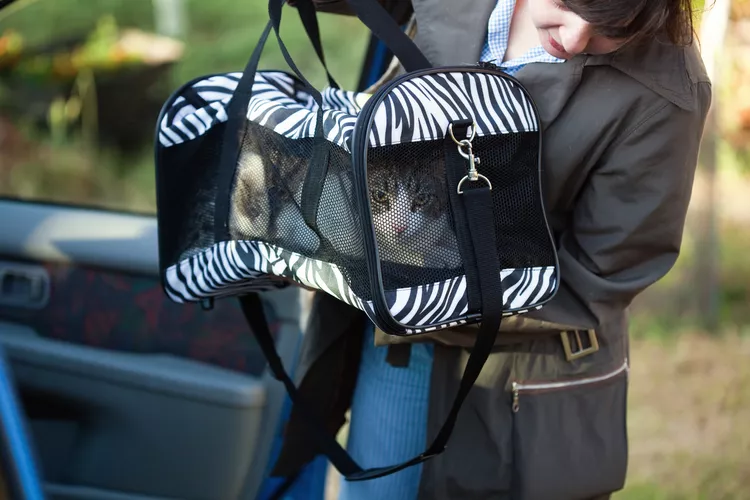
How to Take a Car Trip With Your Cat
Think you can't travel with your cat? Think again! Traveling with your cat just takes a little preparation and planning. Here's how.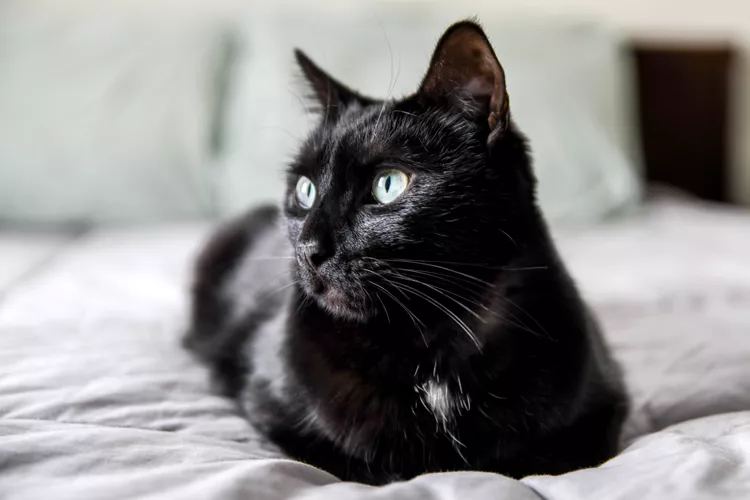
How to Determine Your Cat's Age
Determining the age of an adopted cat is just guesswork, but a vet can look at teeth, sexual maturity, fur coat, and eyes to estimate.
Cat Food Ingredients to Avoid
When checking the nutrition content of cat food, look for ingredients that are not healthy or show it is of poor quality. Avoid these 3 ingredients.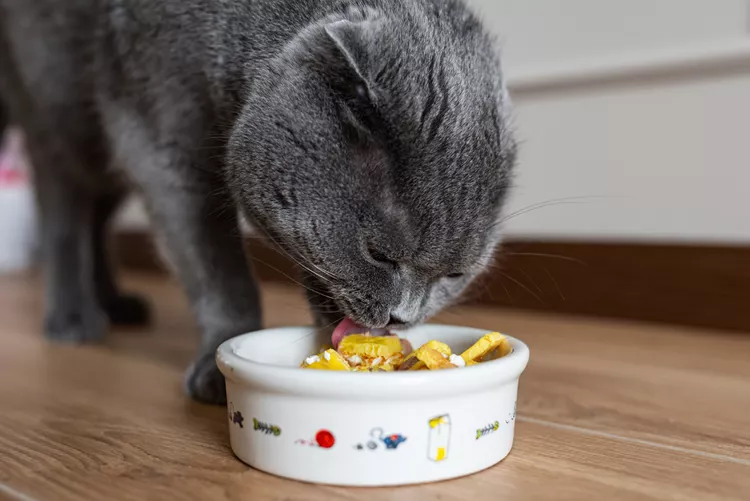
What You Need to Know About Homemade Cat Food
If you want to cook for your cat, make sure to read about the risks associated with homemade diets for cats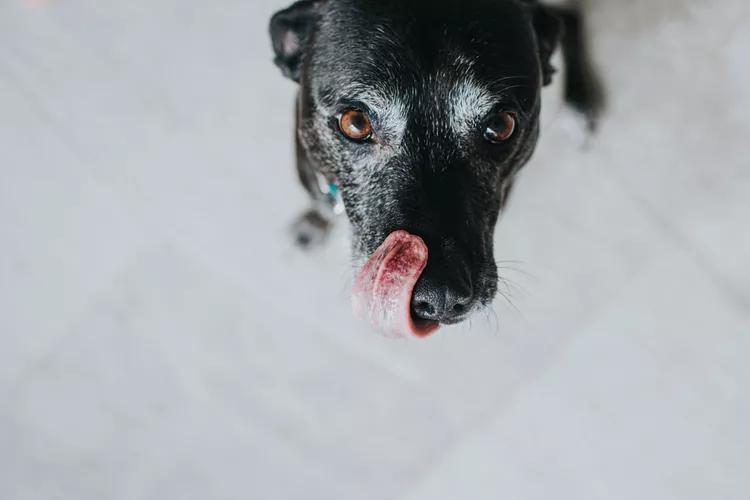
Can Dogs Eat Raw Chicken Feet?
What are the potential health benefits of chicken feet for dogs? What are the risks?
Macadamia Nuts and other Nuts That Are Toxic to Dogs
Find out why macadamia and other nuts are poisonous to dogs, what signs to look for, and what is needed to treat the toxicity.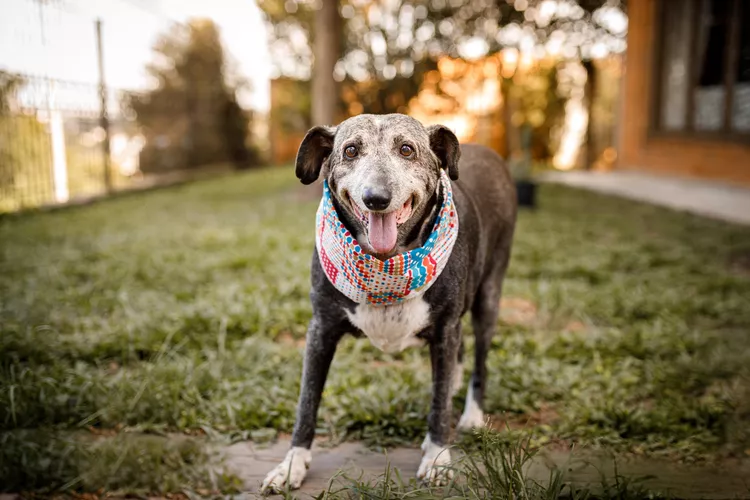
10 Tips for Taking Care of a Senior Dog
Is your dog a senior? Changes to their diet, exercise, and care are required. Here's how to make sure they're living their best and healthiest life.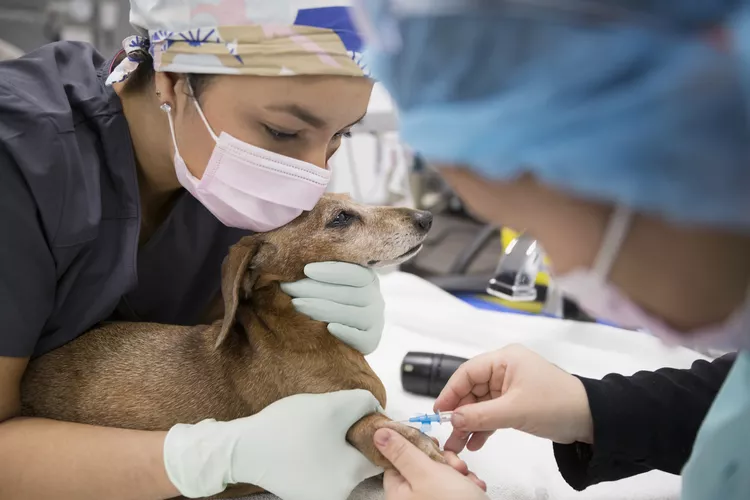
Hookworms in Dogs
Hookworms can make a dog uncomfortable but may also lead to serious blood loss and anemia. Learn the causes, treatment, and prevention.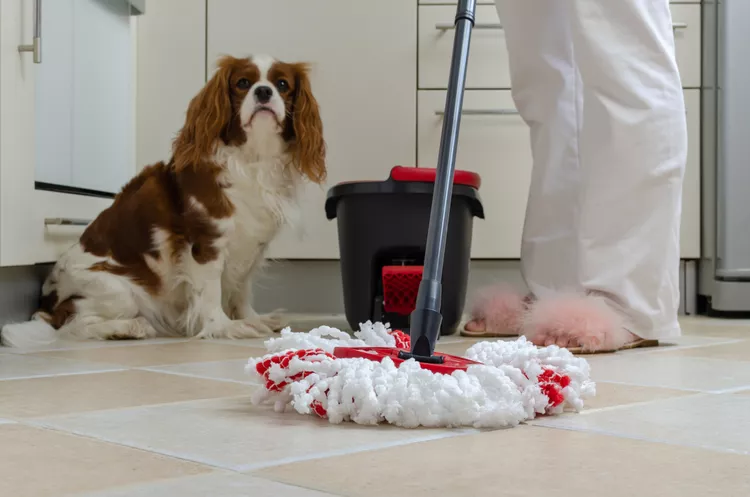
Is Swiffer WetJet Safe to Use Around My Pet?
ASPCA toxicologists deemed Swiffer WetJet to be safe for use around pets, but there are other all-natural floor cleaning options available.
Can Dogs Eat Bread?
Is bread a safe snack for you dog? Are there kinds of bread you should avoid? Learn more about whether it's okay to feed your dog bread.
14 Hypoallergenic Cat Breeds for People With Allergies
There are no true hypoallergenic cat breeds. But some, such as the Siamese and Siberian, might be less likely to cause allergies than others.
Burmilla: Cat Breed Profile, Characteristics & Care
The playful and social burmilla is one of the newest cat breeds to be officially recognized by the CFA. Learn about burmilla breed.
Nebelung: Cat Breed Profile, Characteristics & Care
The Nebelung is a rare breed of domestic cat that’s known for their long gray-blue fur and gorgeous green eyes. Learn about the Nebelung cat breed.
Cymric: Cat Breed Profile, Characteristics & Care
The Cymric, a long-haired Manx, is one of the world's oldest cat breeds. This tailless cat is friendly and playful. Learn about the Cymric breed.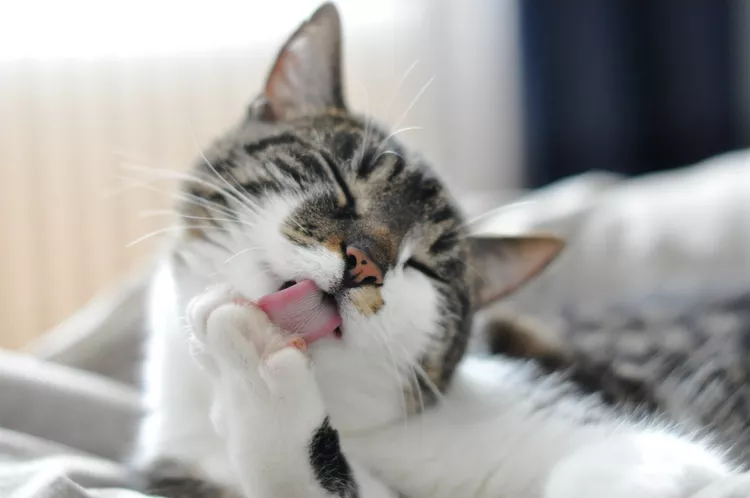
Here's Why Cats Groom Themselves
Learn all about cats' grooming habits: how and why cats groom, including mutual grooming, over-grooming, and displacement grooming!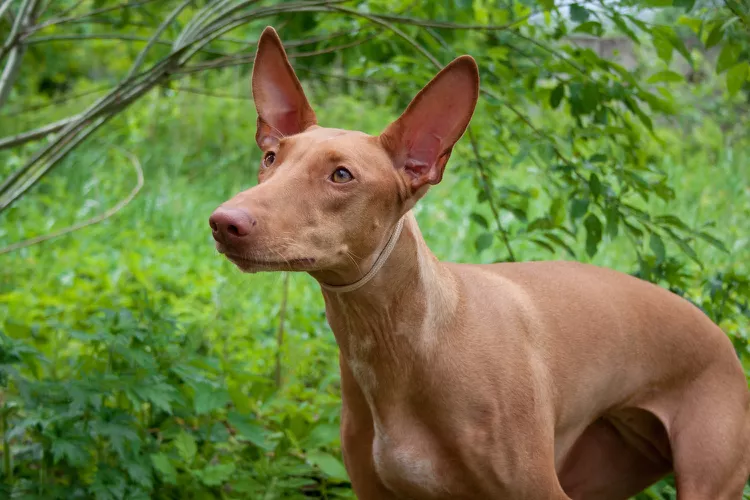
Pharaoh Hound: Dog Breed Characteristics & Care
Learn all about the Pharaoh hound, a sight hound dog breed known for their slim appearance and the ability to blush when excited.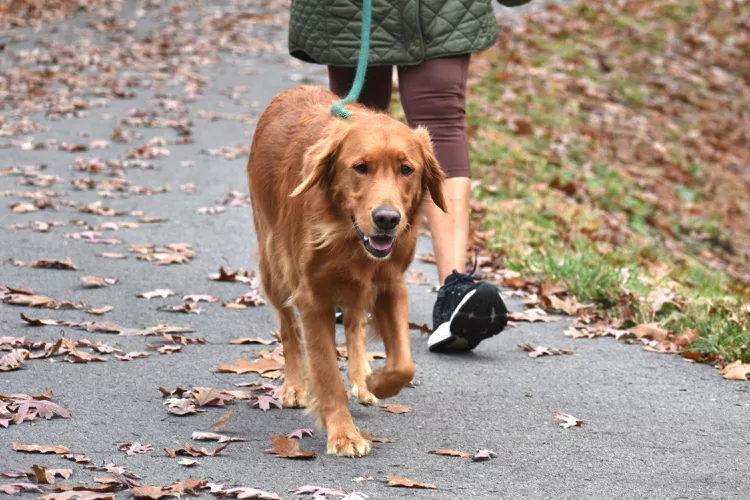
How to Walk Your Dog
Dog walks should be fun for your dog while respecting your community. Learn why walking your dog is important and get essential safety and training tips.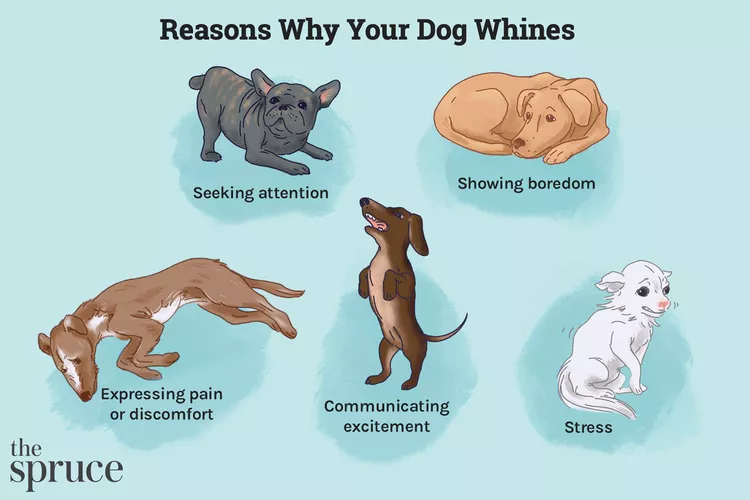
How to Stop Your Dog From Whining
Whining is a natural way for your dog to communicate with you. Explore the reasons dogs whine and how to discourage your dog from whining too much.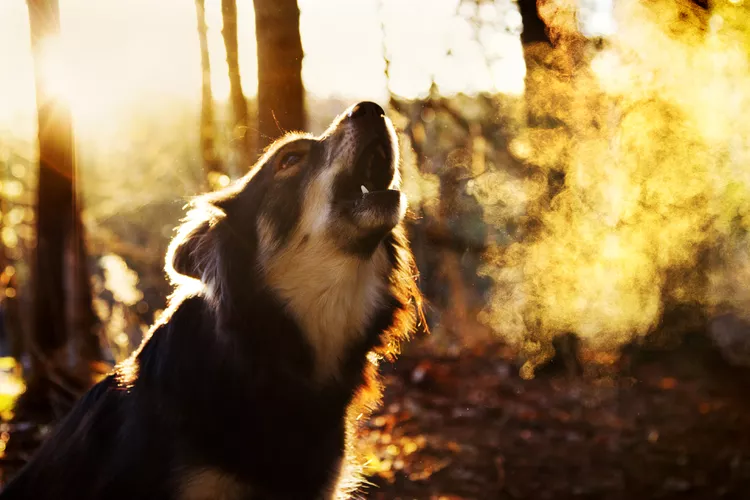
How to Stop Your Dog From Barking Excessively
All dogs bark, but excessive barking is a behavior problem. Learn how to help stop excessive barking and prevent it from happening all the time.
How to Train Your Dog to Live With Another Dog
When you add a second dog to your household, it's natural that there will be an adjustment period. Learn how to get two dogs to become acquainted.